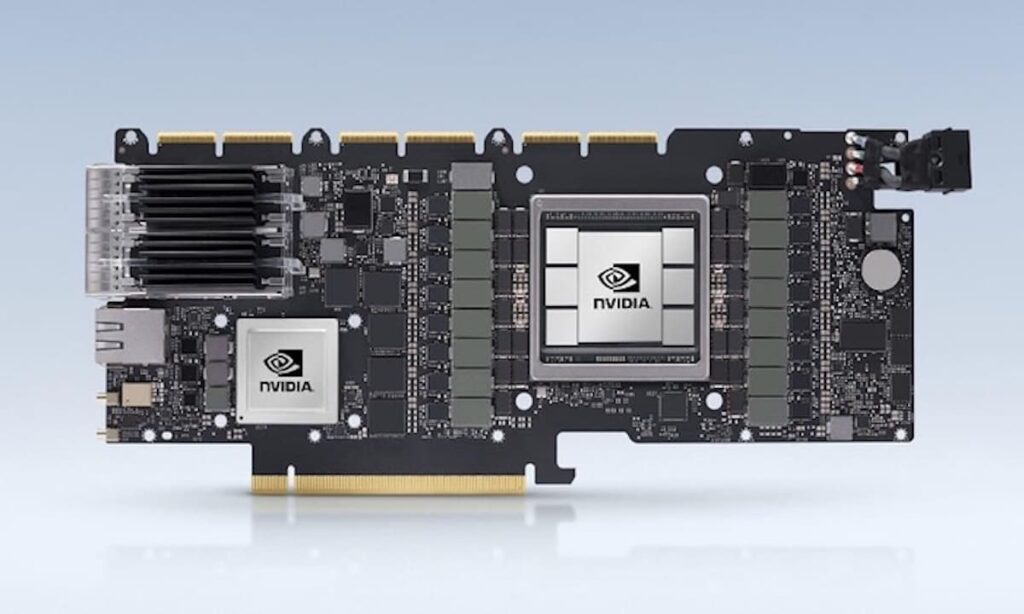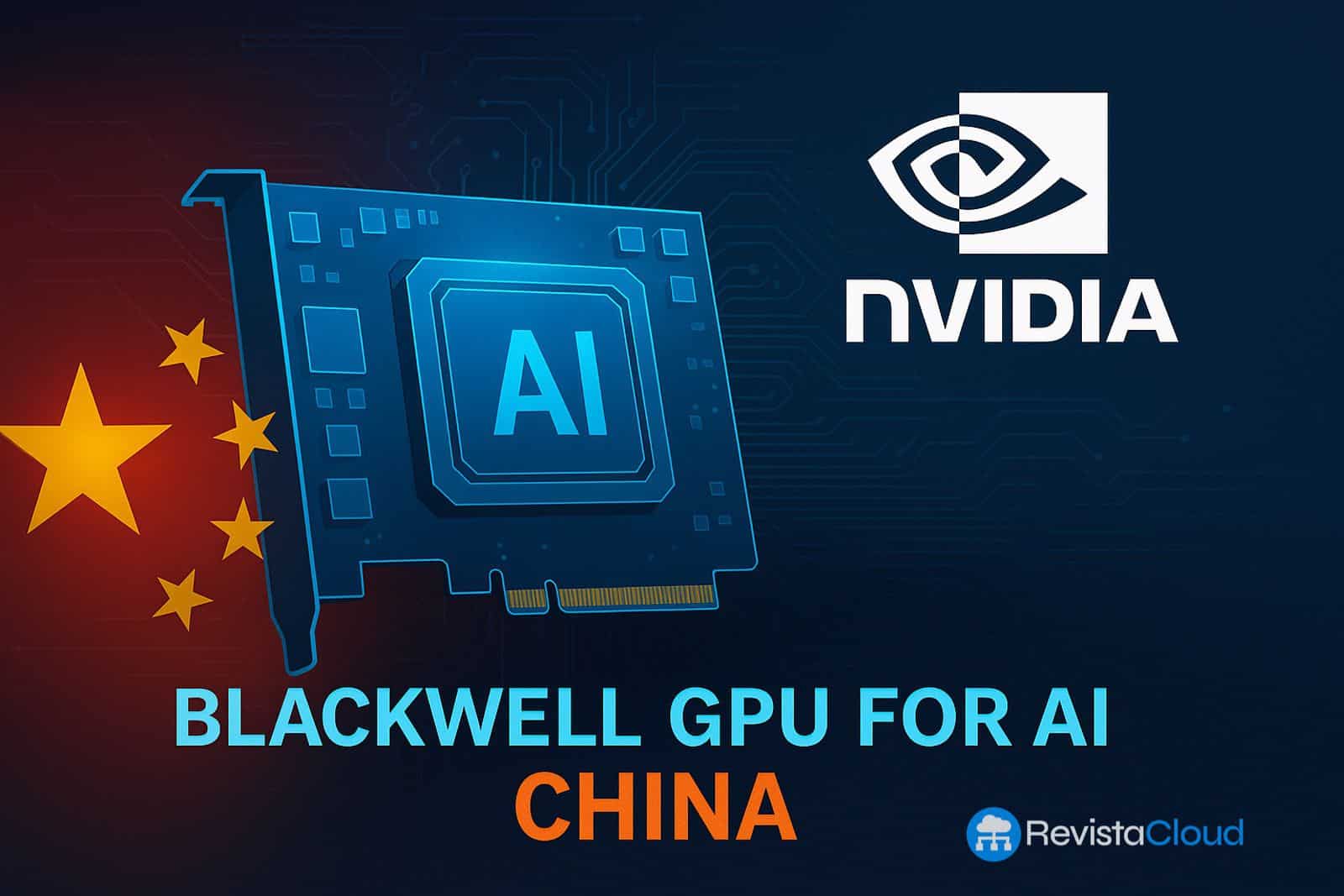Madrid. – NVIDIA has taken a significant step in its strategy to maintain a presence in the Chinese AI market. According to sources from the South Korean newspaper ET News, the company led by Jensen Huang has commissioned Samsung to double the production of GDDR7 memory, in a contract valued at approximately $144 million (around €132 million). This memory is intended for the new Blackwell B40 GPU, an adapted version designed specifically for the Chinese market and tailored to U.S. export restrictions.
The Shift to GDDR7 Amid the HBM Ban
NVIDIA’s move directly responds to Washington’s restrictions on exporting advanced processors with HBM (High Bandwidth Memory) to China. These memories, used in high-end models like the H200 or Blackwell Ultra, are considered critical technology and face tighter controls.
Consequently, the new Blackwell B40 will forego HBM in favor of GDDR7, a memory that, while offering lower bandwidth, provides a reasonable balance of cost, performance, and availability. With this order, Samsung secures a leading role in the AI GPU supply chain — an area where it has previously lost ground to SK hynix and Micron, the main HBM suppliers for NVIDIA.

NVIDIA and the Pressure to Maintain Revenue in China
The Chinese market has historically been a significant source of revenue for NVIDIA, especially in the data center and supercomputing segments. However, in its latest quarterly report, the company announced zero revenue from H20 GPU sales in China due to the lack of necessary export licenses.
After revealing their results, Huang publicly acknowledged that he was in discussions with the Trump administration to obtain approval for their tailored chips.
“In the case of Blackwell, I think they’ll come back to me about it again, but it will be a non-enhanced version of the larger model,”
the U.S. president stated at a recent press conference.
The order to Samsung shows that NVIDIA trusts it will get approval to market the B40 in China and aims to secure the supply before demand spikes.
Financial and Strategic Impact
Sources indicate that the contract is worth around 200 billion won (about $144 million) for GDDR7 memory. For Samsung, this is a significant victory in the AI segment, where it has struggled to compete with SK hynix, which controls over 70% of the HBM market.
Furthermore, this order could pave the way for Samsung to establish itself as a dual supplier for NVIDIA, not only in GDDR7 but also in future HBM generations. Rumors from the Korean press suggest that Samsung is already supplying small batches of HBM3e for Blackwell Ultra GPUs, albeit on a limited scale.
A Delicate Geopolitical Balance
This move also reflects the complex geopolitical landscape surrounding AI and semiconductors. While the U.S. tightens restrictions to limit China’s access to cutting-edge hardware, NVIDIA seeks negotiated solutions that allow it to continue operating in the world’s largest AI market.
The Blackwell B40 can thus be seen as a “watered-down” model: a GPU with enough power for training and deployment in Chinese AI applications, but lacking the capabilities of the more advanced versions restricted by Washington.
For China, gaining access to these chips — even with limitations — is preferable to relying solely on local manufacturers like Huawei or Birentech, which have yet to match NVIDIA’s hardware and software capabilities.
Conclusion: A Three-Pronged Play
NVIDIA’s order to Samsung reveals three clear objectives:
- Maintain its position in China, despite restrictions.
- Secure large-scale GDDR7 supply, avoiding bottlenecks.
- Strengthen its relationship with Samsung, a key partner that could gain prominence over SK hynix in future AI memory generations.
The success of this strategy ultimately hinges on U.S. government approval for the Blackwell B40 sales to China. Meanwhile, NVIDIA prepares to avoid losing a market that could generate billions in annual revenue.
Frequently Asked Questions (FAQ)
1. What’s the difference between GDDR7 and HBM in NVIDIA GPUs?
HBM provides much higher bandwidth and efficiency but is restricted by U.S. export controls to China. GDDR7, though more limited, is more accessible and sufficient for tailored GPUs like the Blackwell B40.
2. Why does NVIDIA order memory from Samsung instead of SK hynix?
SK hynix dominates the HBM market, but Samsung aims to regain ground with GDDR7, where its production capacity and costs offer advantages.
3. What could be the economic impact of the Blackwell B40 in China?
If approved for export, it could generate hundreds of millions of dollars in revenue for NVIDIA and help it remain relevant against local competitors like Huawei.
4. What risks does NVIDIA face with this strategy?
The primary risk is geopolitical: U.S. authorities may refuse to approve sales, leaving NVIDIA with inventory but no market in China.

